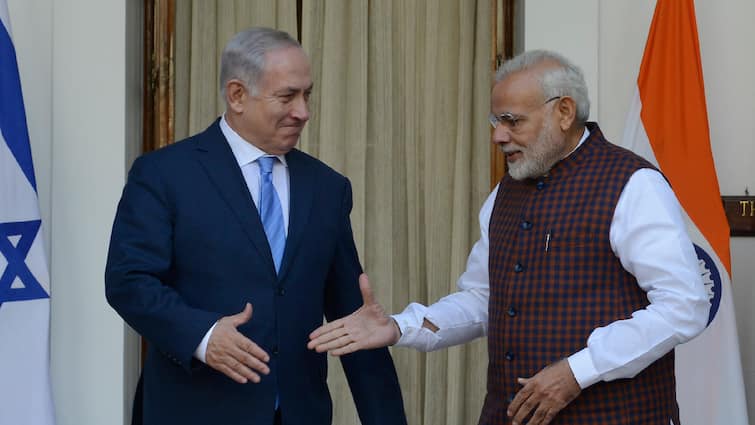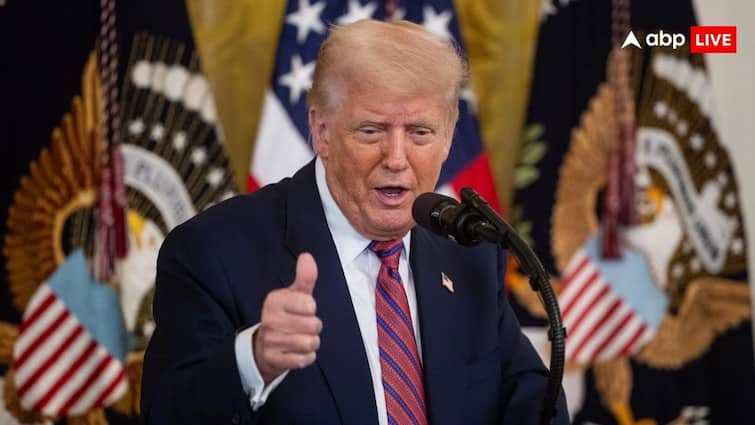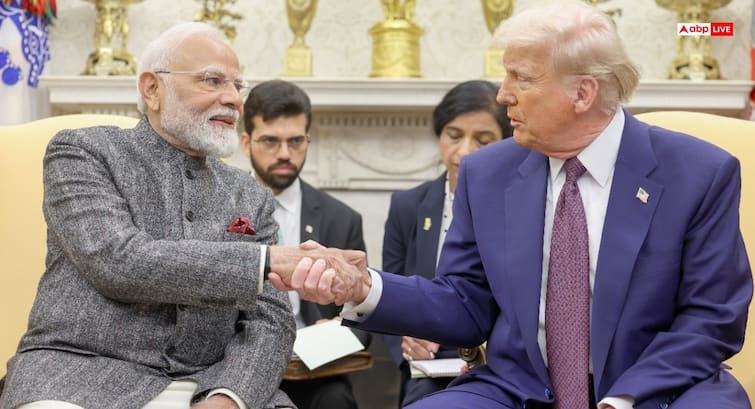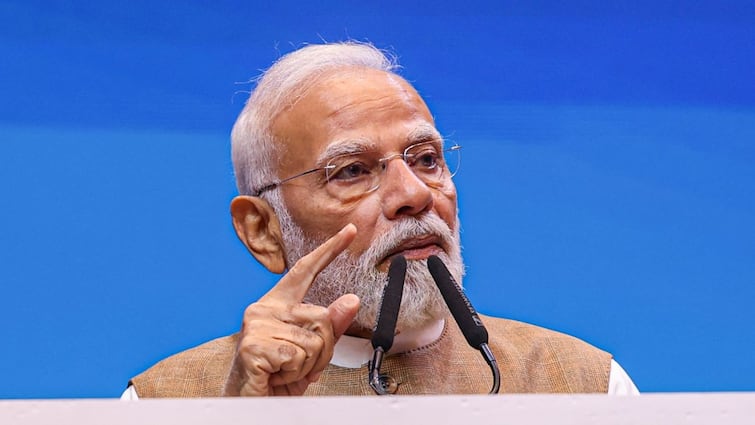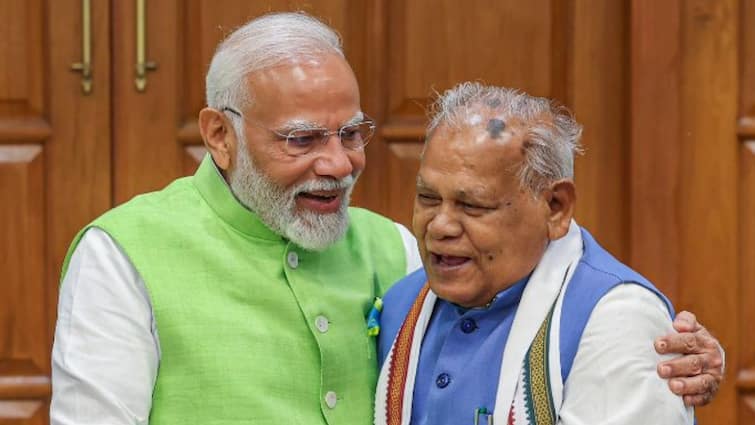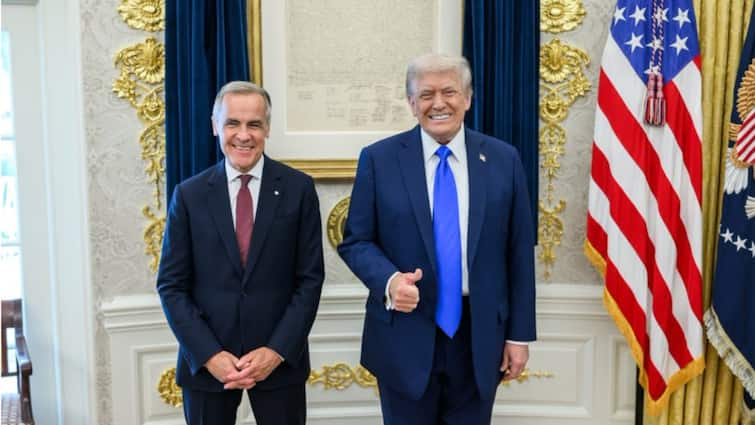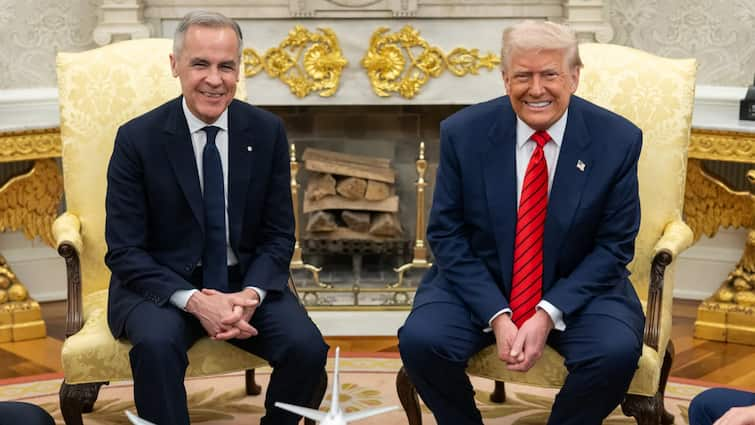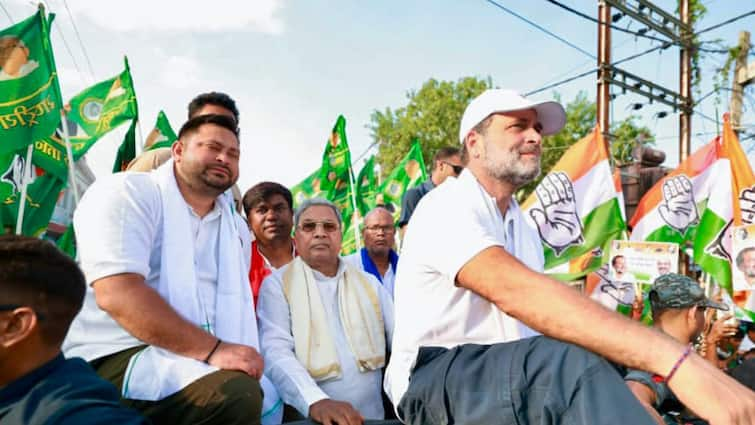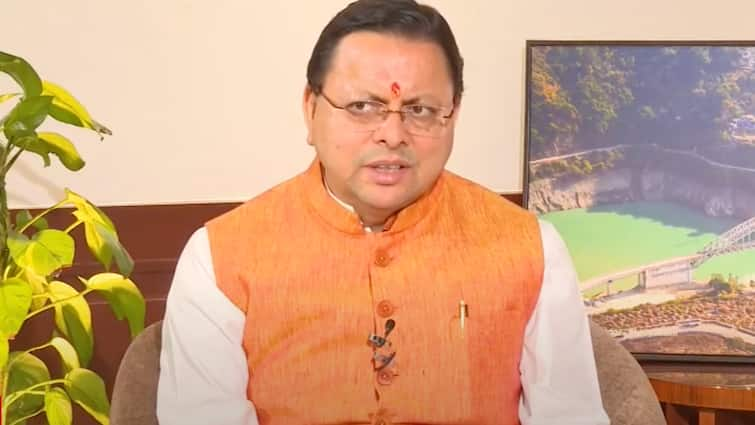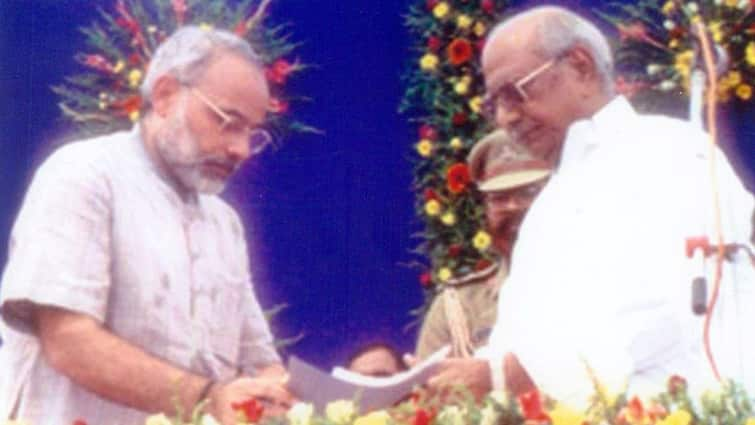
By Siddharth Maurya
As India’s most symbolically loaded festival season beats at the doorstep, gold still gets all the attention in the nation, not only as a reminder of tradition, but also as the ultimate investment vehicle.
Every year, gold buying goes through the roof on Dhanteras and Diwali due to one singular coming together of culture and economy. But behind the twinkle of festive buying is a complex web of tax arrangements and market forces that set the effective price that consumers pay.
An examination of how GST and import duties affect prices provides valuable insights into whether Indians are really paying the real price of gold during the current festive season.
GST Reforms: Simplification, but Continuing Costs
The GST Council’s decision to keep 3 per cent duty on gold and jewellery was to simplify the process of taxation. While the step simplifies the process of compliance, it does nothing to restrain the excessive charges being charged by customers.
For instance, recently, gold reached Rs 1,21,500 per 10 grams in Ahmedabad, and GST tagged an almost Rs 3,645 on that apart from making charges and other levies.
Further, the 5 per cent GST charged on making charges is an additional expense burden, which discourages gold buying by most households. Although reforms in GST have simplified invoicing and states, they have not really cut down the tax imposition on the ultimate consumer much.
Import Duties: Narrow Relief, Narrow Impact
The government has successively reduced import duty on gold from 15 per cent to 6 per cent, a measure to check gold smuggling and bring domestic rates in line with international ones (Analytics Insight).
In theory, reduced duties would translate into lower retail gold. In practice, however, prices continue to be at a record high. Ahmedabad’s price of gold year-on-year has increased 55 per cent, an all-time high of Rs 1,21,500 for 10 grams.
This disparity means import duty reductions ease the government’s tax burden and stabilize trade, yet consumers hardly ever receive proportionate relief. Retailers constantly hike prices to capitalise on festive peak demand and maintain gold at high levels even after duty reductions.
Festive Demand and Consumer Behaviour
Consumer consumption during Diwali is investment-led and culture-based. Gold, despite being at record levels, is still a consumer favorite, but patterns of purchase are transforming. Purchase of heavy traditional jewelry in Ahmedabad dropped by 33 per cent during Dussehra, as the majority of them purchased small coins, light jewelry, or silver.
Syntactically parallel to the above is the rise of electronic gold, SGBs, and ETFs with the increase in popularity of safe and cheap investment modes with no risk involved in terms of purity, making charges, or storage. It is this diversification that indicates increased consumer sophistication with improved balancing of tradition and prudence in money matters.
Even through the seesaw, the size of festive imports suggests ongoing demand. Gold and silver imports in September nearly doubled in August, demonstrating that risk-averse consumers themselves willingly participate in this period.
Market and Policy Implications
The gold rush during holidays reflects the fine line policymakers must walk between taxation, import regulation, and affordability to consumers. Simplification of GST and reduction of import duties are aimed at elimination of chokepoints and bringing about formalization of the market but the benefit is not being passed through in full, especially when demand is in surplus. The seasonal pickup gives producers pricing power to support higher prices, and uncertainty regarding international price and the comparatively soft rupee are responsible for the upward pressure.
At a macroeconomic level, gold also serves as a cultural product as well as a speculative tool to protect against market uncertainty. How it performs in the festive season is tracked as a predictor of the consumption behavior and attitude of consumers. Other indicators will need to be taken on board by the policymakers to ensure that structural reforms are yielding in real terms to consumers at the household level without undermining revenue or official channels.
This Diwali, the gold market is a minute of policy, economics, and culture. While a reduction in import duties and changes in GST are welcome, their effect on prices of competition is minimal. The customer continues to pay an additional premium, balancing tradition with economics. The regulatory challenge and the test of the market is to ensure the festive spirit does not trump financial sense, and the underlying price of gold is real and out in the open.
(The author is a market expert and Founder and MD, Vibhavangal Anukulakara Pvt. Ltd)
[Disclaimer: The opinions, beliefs, and views expressed by the various authors and forum participants on this website are personal and do not reflect the opinions, beliefs, and views of ABP News Network Pvt Ltd.]
Doonited Affiliated: Syndicate News Hunt
This report has been published as part of an auto-generated syndicated wire feed. Except for the headline, the content has not been modified or edited by Doonited




